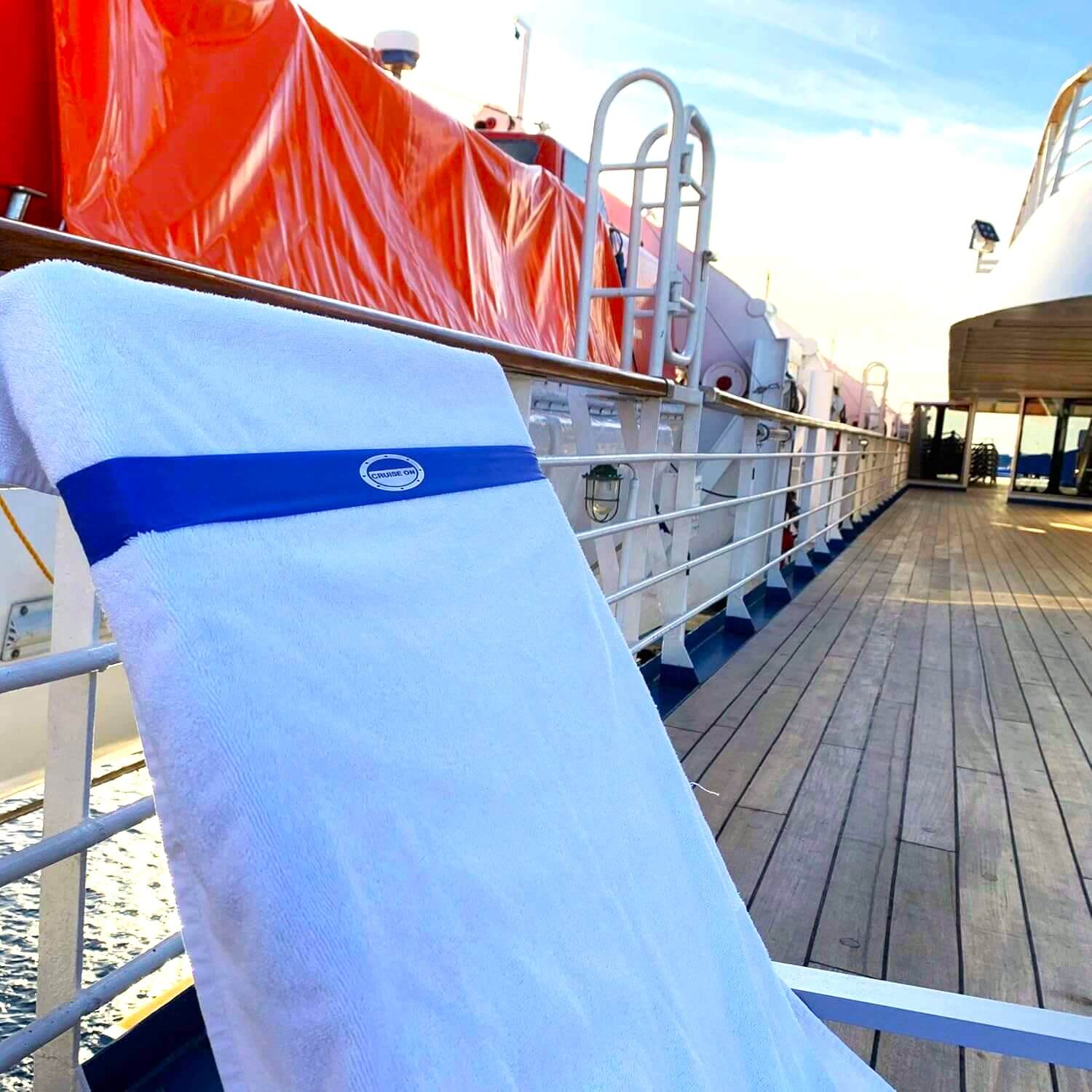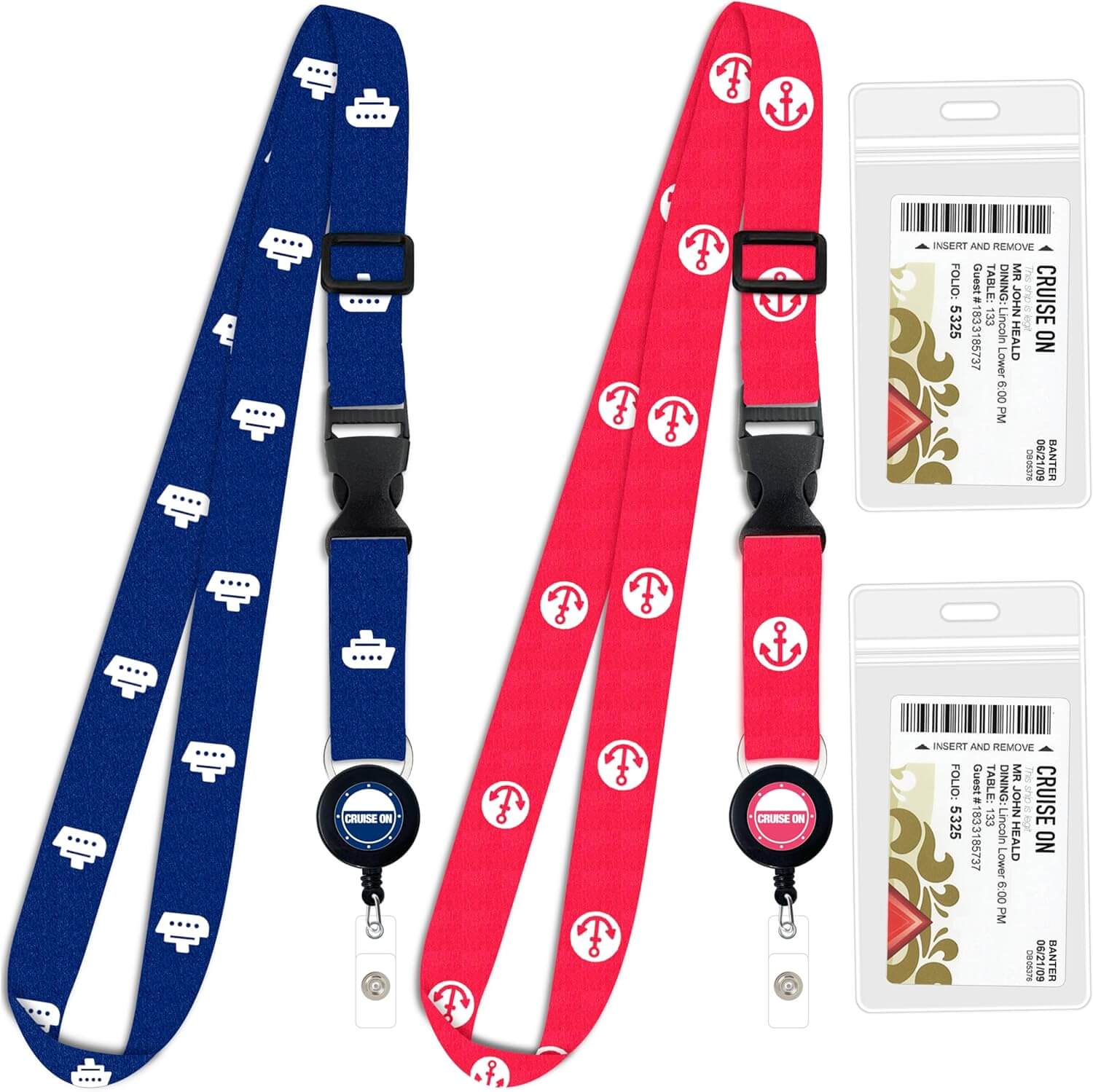Today, we’re diving into a question that has probably crossed the minds of many who set sail on the open ocean: “Can a Cruise Ship Survive a Tsunami? And What Should You Do if It Happens?“
It’s a fascinating topic, and understanding how cruise ships handle such a rare but powerful phenomenon can put a lot of minds at ease.
As someone who has taken countless cruises and spent years in the industry, I’ve had plenty of anxious passengers ask me about this very scenario. And honestly, I get it, being out at sea can feel overwhelming, especially when thinking about natural disasters.
So, let’s break it down. What actually happens when a tsunami forms, and how do modern cruise ships handle it? Let’s find out!
How a Tsunami Really Builds Up

There has always been a lot of misinformation about tsunamis, particularly how the interaction with large ships occurs.
First, rogues’ waves can spring up anywhere, while tsunamis mostly start off because of seismic activities such as undersea earthquakes, volcanic eruptions, or landslides.
These events cause massive water dislocation, resulting in a series of ocean-wide traveling waves.
Interestingly, when you’re out in deep waters, a tsunami doesn’t resemble what one might picture as a huge wave.
It is more like a swiftly moving series of swells. These swells could travel at incredible speeds, reaching even 500 miles per hour!
Cruise Ships and High Waves

As we already saw in the article on hurricanes during cruises, big ships are usually quite safe even with high waves.
A few years ago, on one particular cruise across the Mediterranean, we ended up having some really rough waters.
Although it was not a tsunami, some passengers were worried because the waves were quite high. I remember sitting in the lounge watching as the horizon would dramatically fall and rise again over and over again.
Despite that, the ship managed to go through it pretty well as modern cruise ships are engineered marvels.
In the article “Can a Cruise Ship Tip Over?” we saw all the techniques that cruise ships use to maintain as much stability as possible.
How Can You Identify a Tsunami
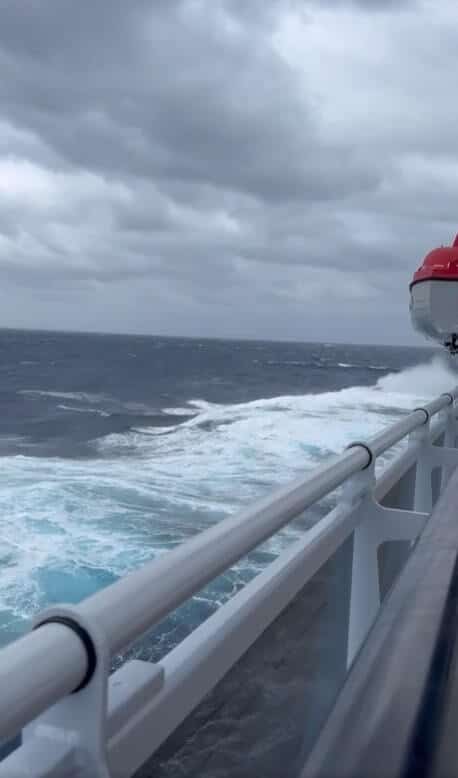
Although rogue waves and tsunamis are often mistaken for one another, they are completely different phenomena.
As I previously stated, long wavelengths of water movement are the result of undersea seismic activity, which causes tsunamis. These waves can pass unnoticed by ships in the open sea because they don’t break into towering walls of water until they reach shallow coastal areas.
On the other hand, rogue waves are sudden, isolated, and highly unpredictable. They are like walls of water that can reach heights of over 30 meters and form unexpectedly in the midst of other waves.
While rogue waves pose a more direct threat to ships, tsunamis behave very differently in the deep ocean and are generally not a danger to big ships (unless they are very close to the coast).
The Real Answer: Can a Cruise Ship Survive a Tsunami?

Now, let’s get down to the real question—can a cruise ship survive a tsunami? The good news is, yes, it can.
In fact, cruise ships are much safer at sea during a tsunami than they would be in port.
It’s important to understand that in the deep ocean, a tsunami is not the towering wave that lays waste coastlines as many people think but rather it appears as long and low swells.
These swells often go unnoticed by passengers or seem like minor changes in sea level. With their large size and stability, modern cruise ships can safely navigate through them.
As you can guess, the scenario would be completely different if a ship were near the coastline when the tsunami waves reach their peak height.
However, this situation is exceedingly rare. Cruise ships constantly monitor the ocean and have preventive alert systems.
Cruise Ships Safety
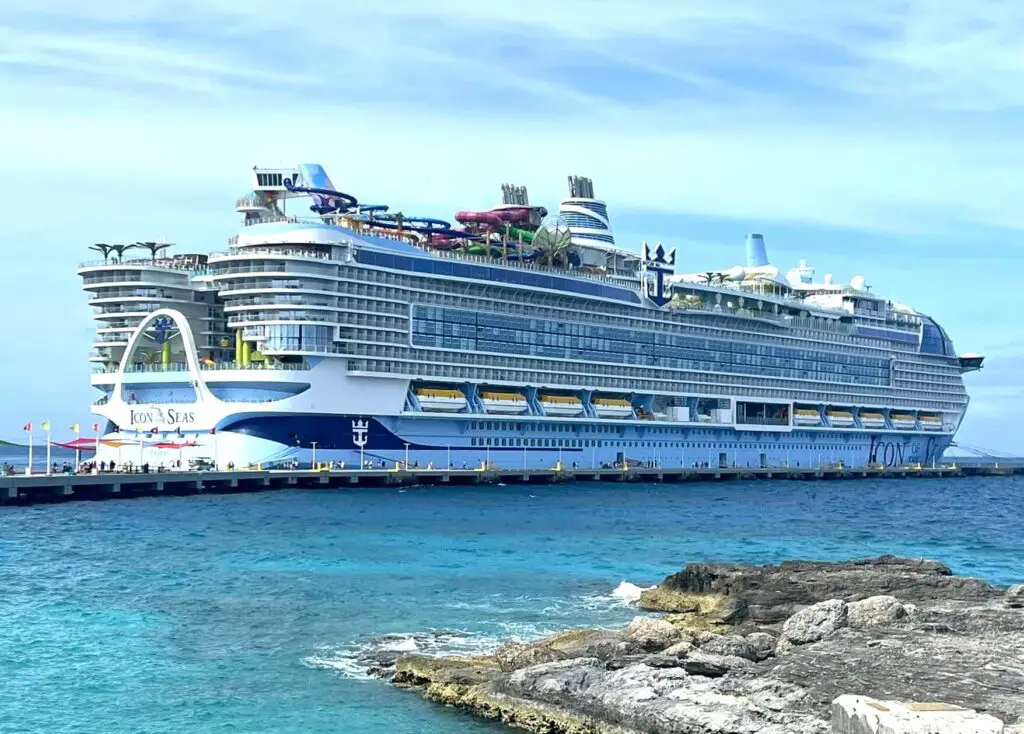
Why are cruise ships so safe even in rough seas? Well, modern cruise ships are colossal, the largest ones are over 1,100 feet in length and weigh more than 200,000 tons. You can easily see that in the list of all Royal Caribbean ships from best to worst.
Of course, these ships are designed to endure various natural conditions, including rough seas and strong winds.
The combination of size, advanced navigation systems, and stabilizers means these ships can handle more than we often give them credit for.
Additionally, cruise lines have strict protocols for monitoring and responding to natural events. The cruise ship captain and the bridge crew monitor weather patterns continuously, and they are in constant communication with maritime safety organizations around the world.
If there’s any hint of possible danger, the ship’s course can be adjusted to avoid it.
Can you feel safe during your vacation?
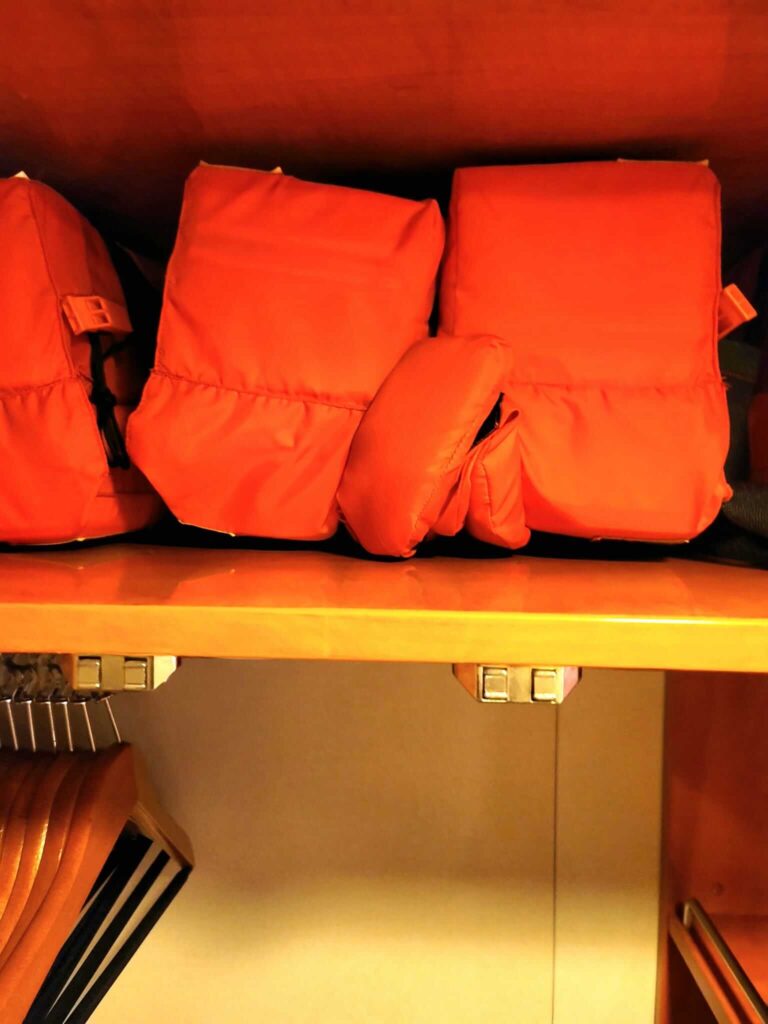
If for any reason any of you may still be concerned, let me alleviate that concern with this assurance.
Cruise vacations are among the safest means of traveling, according to the CLIA.
The cruising community is very vigilant, well-prepared, and proactive in ensuring the safety of its passengers.
It is extremely rare to encounter a tsunami while on a cruise and even if such a case happens the ship’s structure as well as the crew’s expertise should not worry you.
If you wanna stay really safe just follow these practical advice and suggestions which I have learned from my numerous cruises.
Stay Informed
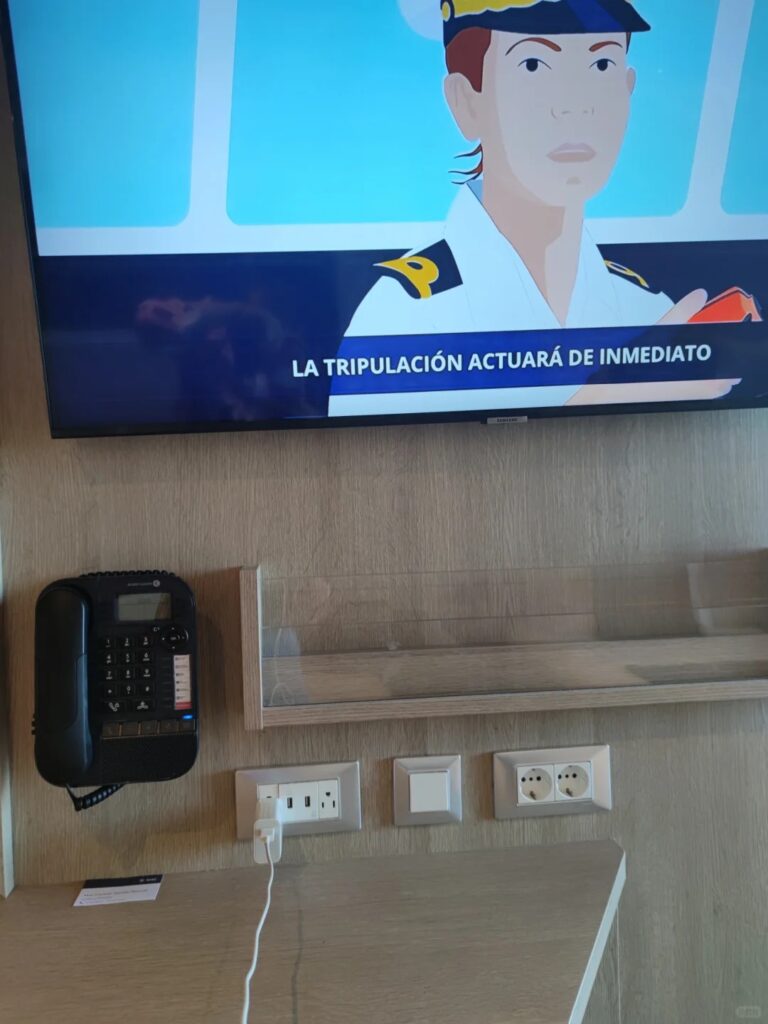
One thing that can be done at this point is keeping yourself updated. Use the app on board or daily newsletter to know about any changes in the schedule or itinerary.
In addition, you should never miss the safety drills – they may seem boring but they are important for everyone’s safety.
By the way, now emergency drills are much shorter and easier to complete since so much has changed on cruise ships.
Choose Your Cabin Wisely
If you worry about how much movement there is on a ship, choose a cabin in the middle section and on a lower deck to minimize swaying. Just look at how to get a better cabin on a cruise ship.
Follow Crew Instructions
The crew is there to ensure your safety and comfort, so always follow their instructions.
During any kind of rough weather, they might give specific advice on where to be or what to avoid doing. Listen to them—they’re trained professionals.
I have tried several of them but these are the most durable and sturdy.



